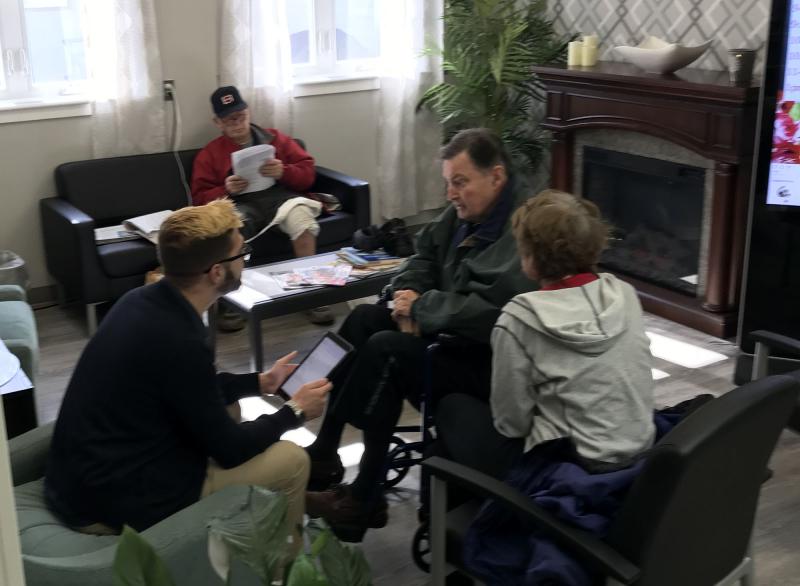Survey highlights preliminary needs of aging population
Dartmouth’s seniors want to see better transportation and more housing options, according to results of the town’s age-friendly survey initiative.
Over the past month, seniors above age 55 – roughly 36 percent of the population – participated in the survey to help the town better prepare to serve its aging population.
University of Massachusetts Dartmouth nursing students distributed the surveys to more than 10,000 residents online, over the phone, door-to-door, and through paper copies left at locations throughout town. About 500 responses were received.
The data showed that 90 percent of people who responded owned their own home and wanted to continue living there as they age and want more transportation assistance as driving abilities decrease.
Town Director of Development Deborah Melino-Wender said the information enables the town to better assist the aging population, from ensuring residents can get from point A to point B, to providing affordable and attainable housing opportunities.
Community and health services and social participation were the next two big concerns for people.
Wender said data processing is still in progress. Then officials will discuss ways to implement policies and ways to solve any issues people may have.
Overall, the survey looked at eight domains of livability. They are community and healthcare, transportation, housing, social participation, outdoor spaces and buildings, respective social inclusion, civic participation and employment, and communication and information. The researchers also accounted for economic, environmental and social factors.
Council on Aging director Amy DiPietro said the main goal of the survey was to figure out ways to make the town more inclusive to everyone, not just those over the age of 55. She said some of the concerns people have are things the Council on Aging is already focusing on, like activities for seniors or transportation to and from medical appointments.
“We have services strictly focused on seniors, but what were looking to expand is the town-wide collaboration, so everybody is looking out for the best interest of the residents of the town as they age,” DiPietro said.
It’s all part of a process to become more involved with the aging population and ensure they remain a part of the community.
“With our increasing senior population that’s only going to get bigger over time, we need to look at ways to make it a community where people can function in throughout their aging process and function at a high level,” Melino-Wender said.
Melino-Wender said the final results won’t be available until mid-to-late May. There will also be a meeting with the Select Board to discuss the findings some time in May.












